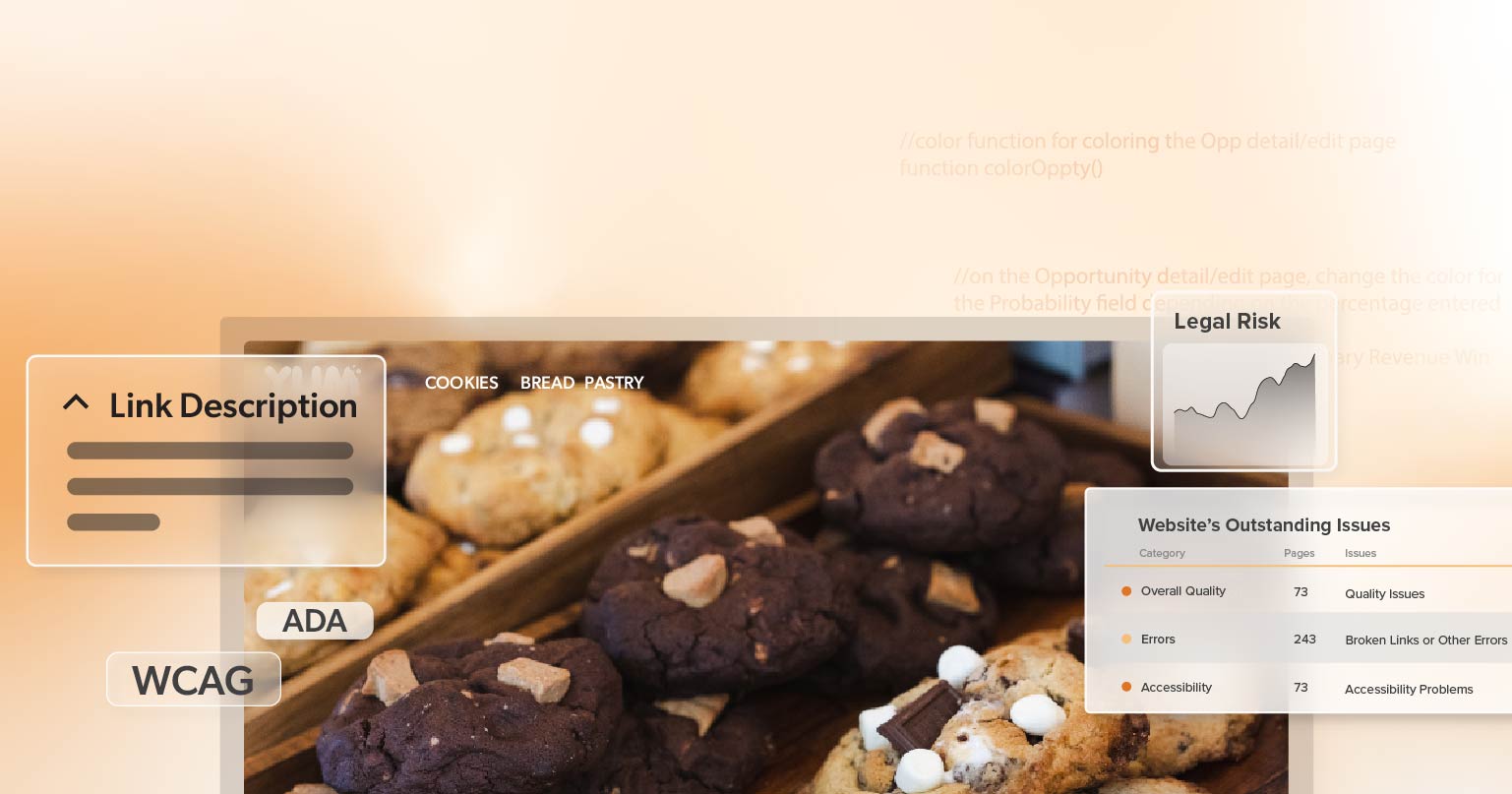If you own a website or create online content, it’s crucial to understand what ADA compliance truly entails. In today’s digital landscape, failing to address accessibility isn’t just a missed opportunity—it’s a potential liability. Despite promises from certain agencies claiming they can make your site “100% ADA-compliant,” the reality is more complex. Can any website truly meet full compliance in an ever-evolving digital world? Let’s take a closer look at what this means and why a one-size-fits-all solution may not be enough to protect you from legal risks or to provide a genuinely accessible experience.
What is ADA Compliance?
The Americans with Disabilities Act (ADA) was passed in 1990 to ensure that people with disabilities have equal rights and opportunities. While the ADA doesn’t specifically mention websites, it has been interpreted to apply to them, especially under Title II (which covers state and local governments) and Title III (which focuses on public accommodations like businesses).
For websites, ADA compliance often means following the Web Content Accessibility Guidelines (WCAG). These guidelines help make online content more accessible to everyone, including those with visual, auditory, or other disabilities. The WCAG principles can be summed up as follows:
- Perceivable: Information must be presented in a way that users can perceive, like providing text alternatives for images.
- Operable: Users must be able to navigate and interact with the content using various devices and assistive technologies.
- Understandable: Information and user interfaces should be clear and straightforward.
- Robust: Content must be compatible with current and future user agents, including assistive technologies.
Can a Website Be 100% ADA-Compliant?
Now, here’s the tricky part: claiming that a website can be 100% ADA compliant is not only misleading but also unrealistic, and there is no legal definition. Why is that? Because the web is constantly changing. New technologies, design trends, and content updates can all affect how accessible a website is. Lastly, the Department of Justice has never set in stone what it means for a website to be legally compliant.
Accessibility Standards vs. Ongoing Compliance
Understanding the difference between achieving accessibility standards and maintaining compliance is crucial. You might partner with an agency that helps you meet specific accessibility goals today. However, if you don’t continue to monitor and update your website, you could risk falling out of compliance as your site evolves.
For example, if you add new content or change your design, you need to ensure those changes also meet accessibility standards. This ongoing effort is what keeps your website welcoming and usable for all visitors.
False Claims by Agencies
Many agencies will promise they can make your website “fully ADA compliant.” They might use phrases like “one-time fix” or “permanent compliance.” While that sounds appealing, it’s often not realistic. Here’s why:
- One-Time Solutions: If an agency offers a quick, one-time fix, be cautious. Accessibility isn’t a set-it-and-forget-it situation. Websites need continuous updates and adjustments.
- Guaranteed Compliance: Some agencies might claim they can guarantee compliance. However, there is no set legal standard for web compliance. You might still face ADA lawsuits even after working with an agency.
- Frivolous ADA Lawsuits: It’s unfortunate, but there are frivolous ADA lawsuits out there. Some businesses are sued over accessibility issues that seem exaggerated. This highlights the importance of taking genuine steps toward accessibility rather than relying on empty promises.
What to Look For in an Agency
So, how do you find the right agency for web accessibility services? Here are some tips to help you choose wisely:
- Continuous Support: Look for agencies that offer ongoing support instead of just a one-time fix. This could include regular audits and updates based on user feedback.
- Transparency: A reputable agency should be clear about what they can and cannot guarantee. They should help you set realistic expectations for what compliance looks like.
- Education: The best agencies will not only assist you in making your website compliant but will also educate you on how to maintain accessibility in the long run. Knowledge is power!
- Customized Solutions: Every website is unique. An effective agency should be willing to tailor their approach to meet your specific needs and goals.
Setting Realistic Expectations
As a website owner, setting realistic expectations about what ADA compliance means for your site is crucial. Accessibility is a journey, not a destination. While you can take significant steps to improve your site’s accessibility, it’s essential to recognize that this is an ongoing commitment.
Be wary of agencies that promise a quick fix or complete compliance. Instead, look for partners who understand the evolving nature of web content and can help you adapt over time.
Secure Lasting Accessibility with 216digital
The web is dynamic, and maintaining accessibility requires ongoing effort. Choosing an agency focused on continuous support and education equips you to create an inclusive online space for everyone
At 216digital, we prioritize not only bringing your website into compliance but also educating you on how to maintain and enhance accessibility long after your project is complete. We’re committed to supporting you on this journey every step of the way.
We encourage you to schedule an ADA briefing with us to learn how we can help you navigate the complexities of web accessibility. Together, we can ensure your website remains welcoming and usable for all visitors.
Embrace the journey, and let’s make the web a better place for everyone!



